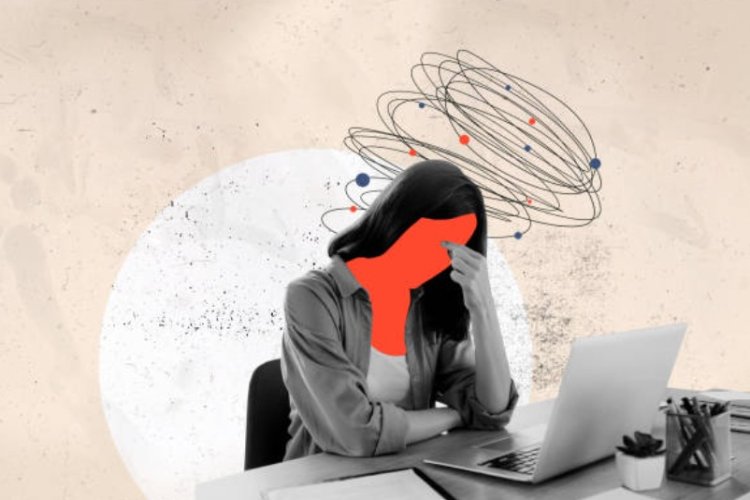
Public health researchers have long warned that the global mental health crisis is escalating faster than governments are prepared to acknowledge. The latest WHO report, World Mental Health Today, has confirmed those fears.
Unlike infectious outbreaks that provoke immediate responses, mental health disorders spread quietly and relentlessly. In low- and middle-income countries such as India, where health systems are already stretched thin, the challenge is acute. The neglect of mental health will widen inequalities and leave millions without basic support. The fact that even celebrities such as Deepika Padukone have spoken openly about their struggles underscores that no one is immune.
READ | Nepal’s youth uprising: State, corruption, and the fight for dignity
Global numbers, local failures
Between 2011 and 2021, the number of people with mental disorders grew faster than the global population. Today, more than a billion people live with such conditions. The economic burden is staggering, with $1 trillion lost annually in productivity. Suicide alone claimed 727,000 lives in 2021. Yet these alarming statistics have been met largely with silence and underfunded budgets.
Globally, there are 13 mental health workers for every 100,000 people; India has fewer than one. Despite a surge in cases of depression, anxiety, and related disorders—exacerbated during the Covid-19 pandemic—India spends just 2% of its health budget on mental health, in line with the global median but inadequate for its scale of need.

Mental illness remains invisible to policymakers because it lacks the obvious markers of communicable diseases. Social stigma compounds this invisibility, reinforcing underfunding and neglect. But the costs are visible: lost productivity, rising suicides, and ripple effects on families, education, and workplaces.
Missed targets, rising pressures
The UN’s Sustainable Development Goals call for reducing suicide deaths by a third by 2030. On current trajectories, WHO projects only a 12% decline. India, which has one of the world’s highest suicide rates, is unlikely to meet the target without major intervention.
The country’s broader health system is also unprepared. India has fewer than 10,000 psychiatrists for 1.4 billion people. The number of clinical psychologists, psychiatric nurses, and social workers is even lower. The District Mental Health Programme (DMHP), launched years ago, remains underfunded and uneven in its reach. Globally, fewer than one in ten countries have robust community-based systems, though evidence shows they reduce dependence on psychiatric hospitals. Strengthening the DMHP and integrating mental health with social welfare schemes would be a step forward.
Budgets and beyond
India’s low health expenditure as a share of GDP leaves little room for mental health. The annual allocation for the National Mental Health Programme is so small that even full utilisation cannot transform services. Most funds are channelled into a handful of institutions. Setting measurable targets—such as doubling the share of mental health in health budgets over five years—would signal seriousness.
READ | Jan Dhan Yojana: Govt’s inclusion drive risks shallow impact
But money alone will not suffice. Stigma deters people from seeking help, especially among youth, women, and disadvantaged groups. Public awareness must move beyond symbolic gestures like World Mental Health Day and become sustained, culturally sensitive engagement.
Mental health can no longer be treated as a marginal issue confined to specialists and hospitals. The pandemic revealed that mental well-being underpins every aspect of health and national development. No economy can thrive when a large segment of its workforce suffers untreated depression, anxiety, or substance abuse.
If India chooses to act decisively—by funding services, expanding community-based care, and fighting stigma—it can set a model for other developing nations. The alternative is grim. Mental health must move from the periphery of policy debates to the centre of India’s health strategy.
